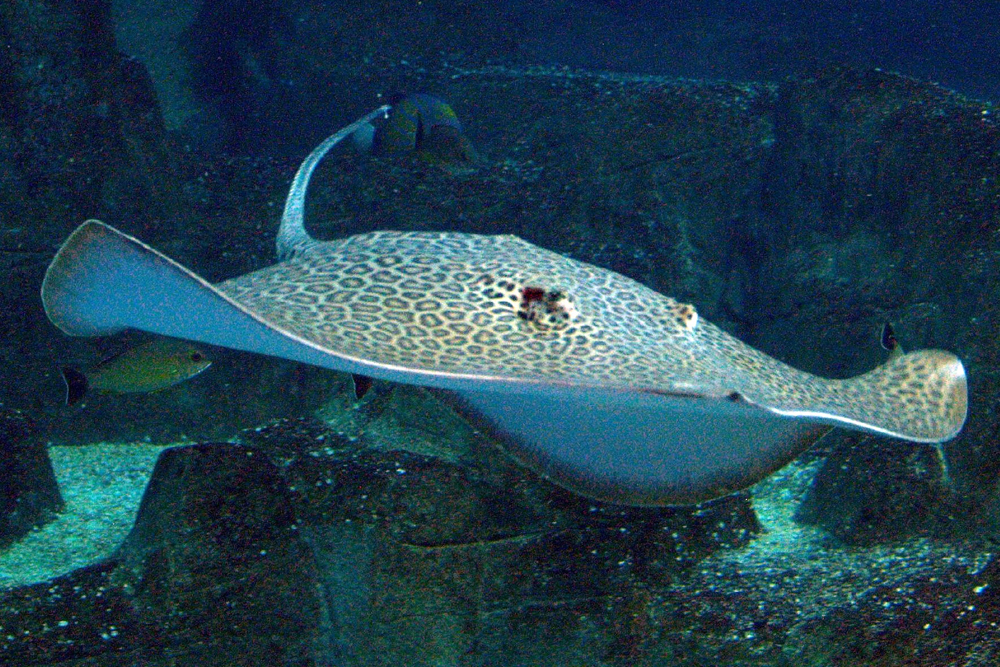Endangered Species 'Red List' Update Showcases Biodiversity Threats


The most widely recognized list of the world's endangered and threatened species got its latest update today (June 19), with nearly a third of all the species examined being classified as threatened with extinction.
The latest update of the IUCN Red List of Threatened Species showing that of the 63,837 species examined worldwide, 19,817 are threatened with extinction — nearly a third of the total. The group found that 41 percent of amphibian species are threatened, as well as 33 percent of reef building corals and 25 percent of mammals.
The list was released on the eve of the United Nation's Conference on Sustainable Development in Rio de Janeiro, Brazil.
"Sustainability is a matter of life and death for people on the planet," said Julia Marton-Lefèvre, director general of the International Union for Conservation of Nature. "A sustainable future cannot be achieved without conserving biological diversity — animal and plant species, their habitats and their genes — not only for nature itself, but also for all 7 billion people who depend on it. The latest IUCN Red List is a clarion call to world leaders gathering in Rio to secure the web of life on this planet."
The updated list found a wide variety of species to be newly threatened or endangered. Many of them are not the charismatic faces often used to promote conservation, but they are extremely valuable to the habitats they dwell in and the people that depend on those habitats. [Gallery: Species on Endangered 'Red List']
An important food source, freshwater fish are facing threats from unsustainable fishing practices and habitat destruction caused by pollution and the construction of dams globally. A quarter of the world's inland fisheries are located on the African continent, yet 27 percent of freshwater fish in Africa are threatened, including the Oreochromis karongae, an extremely important source of food in the Lake Malawi region that has been severely overfished.
Some ocean fish are also in trouble, which is problematic for the large percentage of people worldwide who survive and earn their income from fishing. Yet overfishing has reduced some commercial fish stocks by over 90 percent. More than a third of skates and rays are threatened with extinction including the commercially valuable Leopard Ray, the IUCN said in a statement.
Get the world’s most fascinating discoveries delivered straight to your inbox.
More than 275 million people are dependent on coral reefs for food, but 55 percent of reef fisheries are over-harvested. The new list also found that 18 percent of groupers, an economically important family of large reef fish, are threatened.
Production of at least one third of the world's food, including 87 of the 113 leading food crops, depends on pollination carried out by insects, bats and birds. According to the IUCN Red List, 16 percent of Europe's endemic butterflies are threatened. Bats, which are also important pollinators, are also at risk with 18 percent threatened globally. The update shows that four members of the hummingbird family, which is known for its pollination services, are now at greater risk of extinction. Besides being important pollinators, bats and birds also help to control insect populations that may otherwise destroy crops and spread disease.
"The services and economic value that species provide are irreplaceable and essential to our wellbeing," said Jon Paul Rodríguez, with the IUCN Species Survival Commission. "Unless we live within the limits set by nature, and manage our natural resources sustainably, more and more species will be driven towards extinction. If we ignore our responsibility we will compromise our own survival."
The update also found 13 percent of birds and 30 percent of conifer species to be threatened.
Bivalve mollusks and many wetland plants carry out water filtration services to provide clean water. In Africa 42 percent of all freshwater mollusks are globally threatened, while in Europe the figure is 68 percent.
Follow OurAmazingPlanet for the latest in Earth science and exploration news on Twitter @OAPlanet. We're also on Facebook and Google+.



